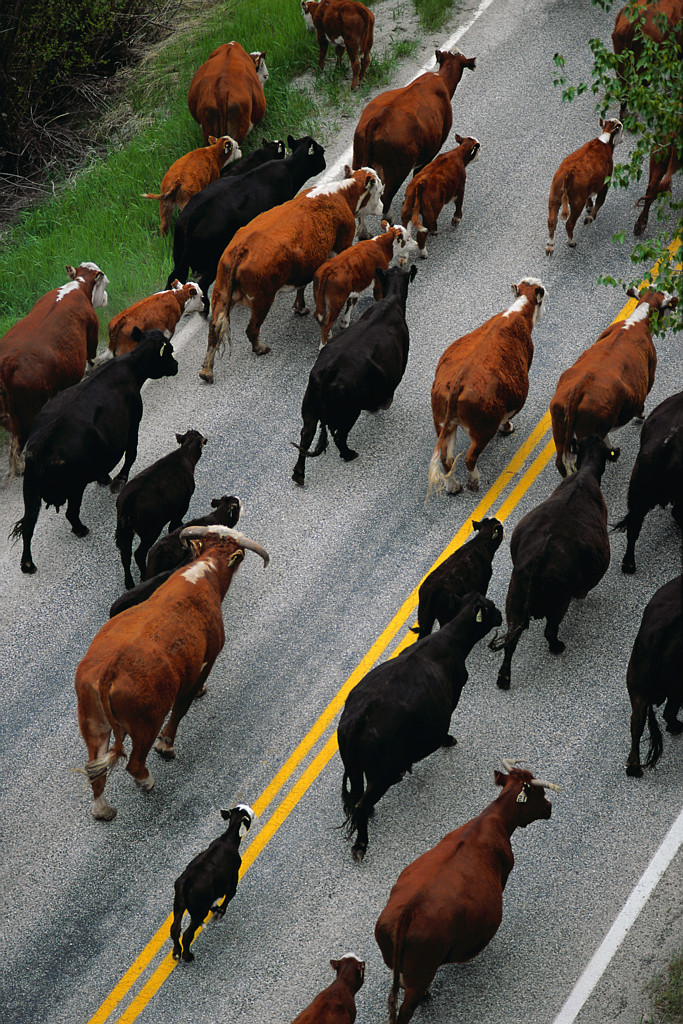Pets & Animals in a Disaster
Whether it's a large-scale natural catastrophe or an unforeseen emergency that causes you to leave your home temporarily, everyone's family can benefit from having a household evacuation plan in place before disaster strikes.
Every disaster plan must include your pets!
The Humane Society of the United States (HSUS) offers the following tips to pet owners designing an emergency safety plan:
- If you evacuate your home, DO NOT LEAVE YOUR PETS BEHIND! Pets most likely cannot survive on their own; and if by some remote chance they do, you may not be able to find them when you return.
- For public health reasons, many emergency shelters cannot accept pets. Find out which motels and hotels in your area allow pets -- well in advance of needing them. Include your local animal shelter's number in your list of emergency numbers -- they might be able to provide information concerning pets during a disaster.
- Make sure identification tags are up to date and securely fastened to your pet's collar. If possible, attach the address and/or phone number of your evacuation site. If your pet gets lost, his tag is his ticket home. Make sure you have a current photo of your pet for identification purposes.
- Make sure you have a secure pet carrier, leash or harness for your pet so that if he panics, he can't escape.
- Take pet food, bottled water, medications, veterinary records, cat litter/pan, can opener, food dishes, first aid kit and other supplies with you in case they're not available later. While the sun is still shining, consider packing a "pet survival" kit, which could be easily deployed if disaster hits.
- If you are unable to return to your home right away, you may need to board your pet. Most boarding kennels, veterinarians and animal shelters will need your pet's medical records to make sure all vaccinations are current. Include copies in your "pet survival" kit along with a photo of your pet.
- If it is impossible to take your pet with you to temporary shelter, contact friends, family, veterinarians, or boarding kennels to arrange for care. Make sure medical and feeding information, food, medicine and other supplies accompany your pet to his foster home. NOTE: Some animal shelters will provide temporary foster care for owned pets in times of disaster, but this should be considered only as a last resort.
- If you have no alternative but to leave your pet at home, there are some precautions you must take, but remember that leaving your pet at home alone can place your animal in great danger! Confine your pet to a safe area inside -- NEVER leave your pet chained outside! Place a notice outside in a visible area, advising what pets are in the house and where they are located. Provide a phone number where you or a contact can be reached as well as the name and number of your vet.

Not only are pets affected by disaster, but the other animals in the disaster area are affected as well. The HSUS offers these basic tips for people who encounter wildlife or have livestock on their property:
Wildlife
- Wild animals often seek higher ground, which, during floods, eventually become submerged (i.e., island) and the animals become stranded. If the island is large enough and provides suitable shelter, you can leave food appropriate to the species (i.e., sunflower seeds for squirrels). Animals have a flight response and will flee from anyone approaching too closely. If the animal threatens to rush into the water, back away from the island or you may frighten the animal into jumping into the water to escape from you
- Wildlife often seek refuge from flood waters on upper levels of a home and may remain inside even after the water recedes. If you meet a rat or snake face to face, be careful but don't panic. Open a window or other escape route and the animal will probably leave on its own. Never attempt to capture a wild animal unless you have the training, protective clothing, restraint equipment and caging necessary to perform
the job.
- Beware of an increased number of snakes and other predators who will try to feed on the carcasses of small mammals who have been drowned or crushed in their burrows or under rocks.
- Often, during natural disasters, mosquitoes and dead animal carcasses may present disease problems. Outbreaks of disease may occur. The local public health office will issue news releases to assist with aiding the public regarding health issues associated with the disaster.
- If you see an injured or stranded animal in need of assistance, or you need help with evicting an animal from your home, please contact your local animal control office or Nebraska Games and Parks.
Livestock
Evacuate Livestock Whenever Possible.
- Arrangements for evacuation, including routes and host sites, should be made in advance. Alternate routes should be mapped out in case the planned route is inaccessible.
- The evacuation sites should have or be able to readily obtain food, water, veterinary care, handling equipment and facilities.
- Trucks, trailers, and other vehicles suitable for transporting livestock (appropriate for transporting each specific type of animal) should be available along with experienced handlers and drivers to transport them. Whenever possible, the animals should be accustomed to these vehicles in advance so they're less frightened and easier to move.
- If evacuation is not possible, a decision must be made whether to move large animals to available shelter or turn them outside. This decision should be determined based on the type of disaster and the soundness and location of the shelter (structure).
- All animals should have some form of identification that will help facilitate their return.
Your disaster plan should include a list of emergency phone numbers for local agencies that can assist you if disaster strikes -- including your veterinarian, state veterinarian, local animal shelter, animal care and control, and county extension service. These numbers should be kept with your disaster kit in a secure, but easily accessible place.
For additional information, please contact:
The Humane Society of the United States
2100 L. Street, NW
Washington, DC. 20037
Attn: Disaster Services Program
Phone: (202) 452-1100
Website: http://www.hsus.org
|